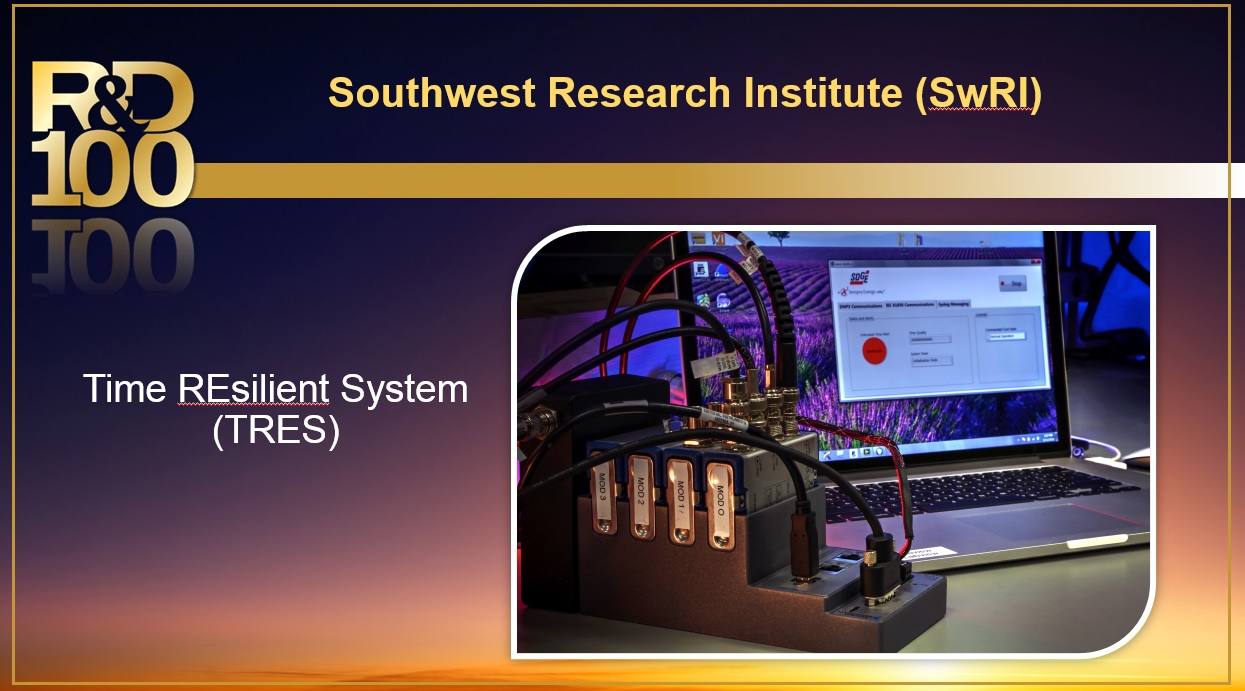
Time REsilient System (TRES), which won a 2016 R&D 100 award, uses proprietary algorithms and methodologies to detect, alert and fight through GPS cyber-attacks. These attacks are undetectable by current state-of-the-art technologies that use radio frequency approaches to compare time from different satellite systems, such as the European (Galileo) and Russian (GLONASS) systems. Time synchronization is critical to the operation and maintenance of the electric power infrastructure. In addition to longitude, latitude and altitude, GPS provides a critical fourth measurement—time. GPS has become a vital “invisible utility,” providing precise time information needed by users ranging from the financial and transportation industries to the electrical utility sector. GPS satellites contain atomic clocks that attach very precise time data to GPS signals.
As GPS receivers decode these signals, receivers are synched to the atomic clocks. Users can determine the time to within 100 billionths of a second, without the cost of owning and operating atomic clocks. To efficiently transmit and distribute power, energy suppliers use GPS time synchronization to manage electrical grids.
Each year for more than 50 years, R&D Magazine has honored the 100 best innovations in research and development. We are currently accepting applications for the 2017 R&D 100 Awards. Innovators with an exceptional product developed between January 1, 2016 and March 31, 2017 should apply. Submissions close April 14, 2017
For information on the 55th Annual R&D 100 Awards and to enter visit http://www.rd100conference.com




